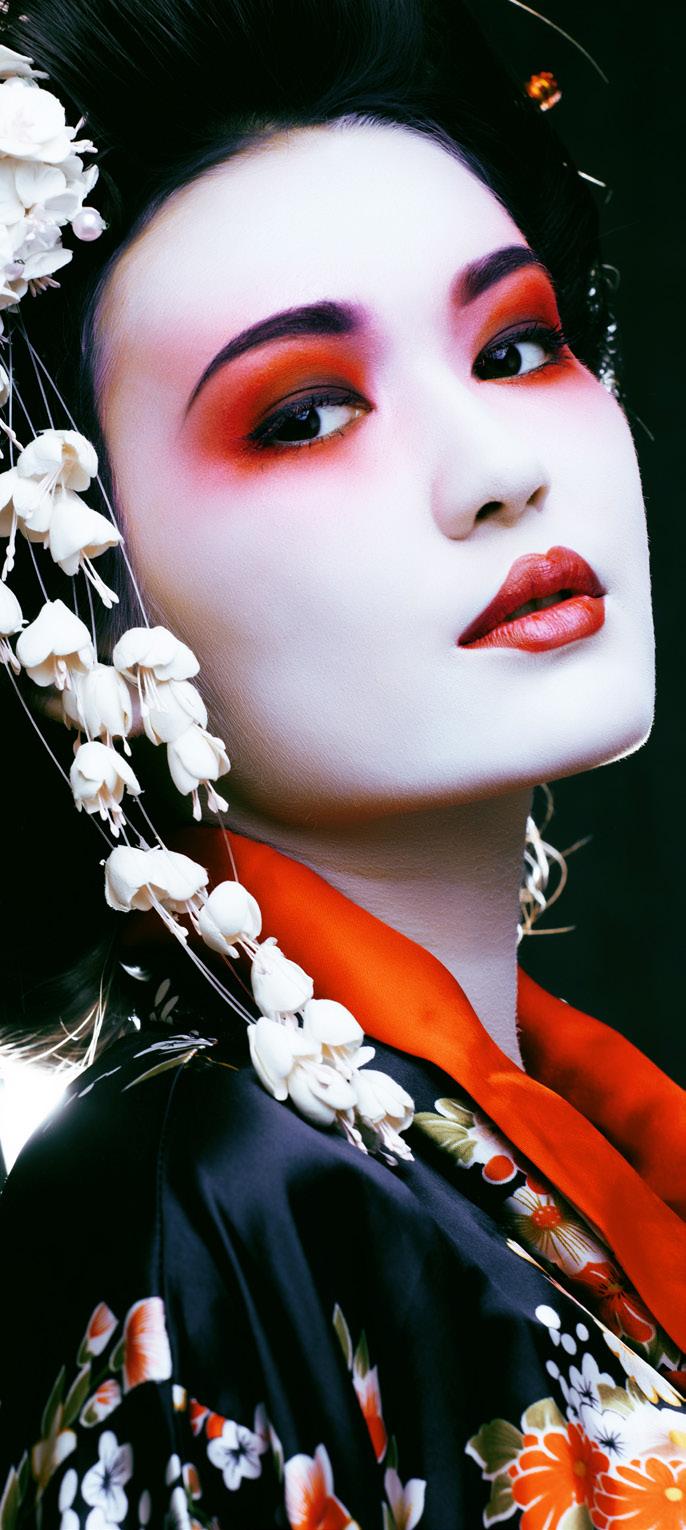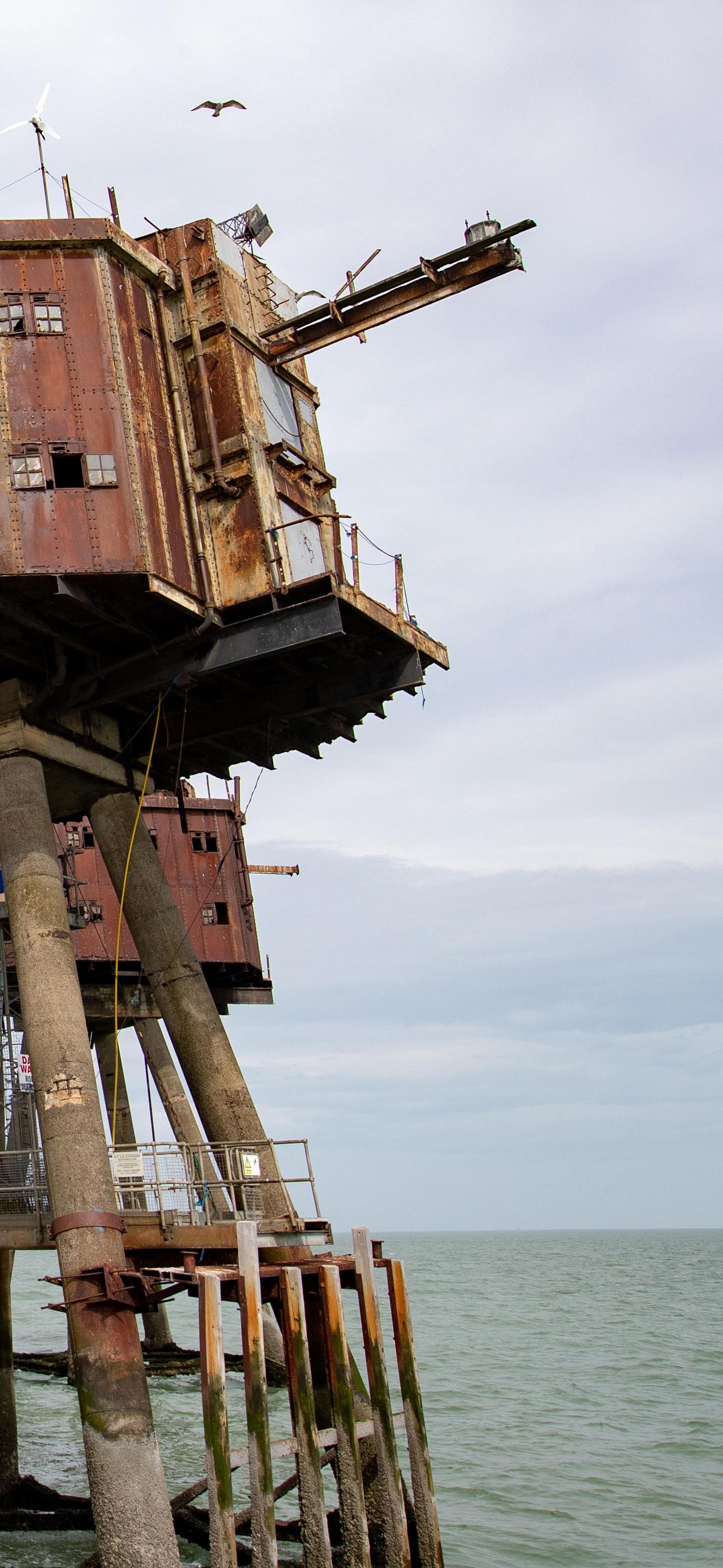
7 minute read
Beyond the Pale
Pale Beyond the
While photo-shopped celebrities on social media blind youth to its own beauty, HERMIONE ESPENILLA unveils an Asian craze for whiteness.
hese days social media fuel almost everything we do, and it’s not usually to do with need. Social media generate strong desires. Instagram models or ‘influencers’ provoke many girls to want glowing bronzed skin, perfect eyebrows and colossal lips, and in certain parts of the world they spend a fortune on one feature in particular just to gain a feeling of acceptance. They are driven to believe they need this feature for a good job, a higher income and even the chances of marriage. What feature, you might ask. I’m talking about white skin. And it is many countries in Asia that nurture such colourism, which is like racism but different because it occurs among people of the same race. Welcome to Asia, where people will risk their health to be whiter. T
Many countries in Asia nurture colourism, which is like racism but different because it occurs among people of the same race. Asia’s obsession with whiter skin dates back to the ancient dynastic times in China, India and Japan when a fair complexion indicated nobility, while a dark complexion meant a member of the lower class working in sweltering heat. This association of skin tone with class has been embedded in Asian culture for centuries. Today, Asia identifies fairer skin with beauty, success and superiority whilst a darker skin signifies poverty and inferiority. A whiter complexion is sought because it’s viewed as a doorway to opportunities. Having dark skin is seen as an unfortunate curse to be endured.




Asian children are imbued with these beauty standards. Children are warned by their parents not to stay in the sun for long. From a young age, Asian children are imbued with these beauty standards. Children are warned by their parents not to stay in the sun for long. This is not because the UV rays are damaging but because their children’s complexion will get darker. Such a basic instruction can shape children’s views negatively and there are many stories of darker individuals being ridiculed for their colour by their peers. In 2017, a healthcare and beauty advert contained a 15-minute short film in which a merchant is charmed by a woman’s voice. The woman is revealed as dark-skinned and the merchant is repulsed until the woman removes the dark makeup exposing her true white skin. Despite the controversy the advert received for the use of ‘blackface’, the intent remains to suggest dark skin is undesirable. In Western culture, men and women cook themselves for hours on tanning beds, but in Asian culture women (and recently men too) smear harsh chemicals on their faces for the glory of getting whiter. 40% of men and women in China, The Philippines, Malaysia and South Korea admit to using skinwhitening products regularly, and 60% of the skin care market in India consists of whitening products. Such products do work after long periods of time but produce an unnatural appearance. In 2017, a research group called Frontiers in Public Health revealed that more than half of these products contain steroids that are damaging to the skin. They also found that these products contained active and potentially hazardous agents, for instance mercury, hydrogen peroxide and other bleaching chemicals. There are many accounts of people experiencing harmful side-effects after these whitening products caused permanent damage to their skin.

A FAIR COMPLEXION INDICATED NOBILITY, WHILE A DARK COMPLEXION MEANT A MEMBER OF THE LOWER CLASS WORKING IN SWELTERING HEAT. “ I’ve always thought bleaching chemicals are better suited to toilets than human faces. Haven’t you?
Peace Rust in

From afar they look like Martian mean machines storming the coast, but CIARA BARLEY explores the decaying grandeur of strictly human forts of war.

Their stories are now told by what they have left behind, reminding us perhaps of a freezing and terrified young man who held a pocket watch with numb fingers. T he Maunsell Forts rest in the solace of their disuse. Their militant stance remains obstinate against the waves that tauntingly lurch towards them. Despite their decrepit frames, there is a certain grandeur to them: their decaying skeletons are somehow ornate, elegant against the rolling sky. Decades of gaping dawns and dusks have passed over that vast stretch of water they look out upon, their vigilance long since made redundant. Sitting on the horizon in a blur of russet tones, bright against the greys and teals of the estuary waters, they attract the briefest of glances from those on shore. In flickers of thought, before interest inevitably dwindles, their reminiscence of otherworldly creatures gently piques curiosity before they once again dissolve into the coastal backdrop. Previously codenamed ‘Uncle 6’, the Maunsell Forts were constructed in 1942 as defensive installations, providing warning to inland areas at risk of air raids and preventing the laying of mines along the Kent coast. After being decommissioned in the late 1950s, the forts were temporarily used as pirate radio stations but have since fallen, rather roughly, into disrepair. There is no clear future for the forts, various schemes hoping to make them into modernised hotel complexes, a novel plan to indulge the rich but also a chance for economic development of local coastal towns. But regeneration suggests it’s only the forts’ usefulness today that defines their worth. This neglects the history they so vividly express. Their development will bring economic benefits but at a cost to our nation’s heritage. We must ask: is their desolate archaism symbolising a past relevant to us today? In short, perhaps these forts should be left to stand as testament to Britain’s rich history. Kept in our thoughts but left undisturbed, they will dissolve into the depths, falling gracefully back into the grasp of what may be remembered. We hope, as the dark past of a brighter future.
PLOT Losing the

A ghostly bunker above The White Cliffs of Dover inspired JAMES MALATY and ELEANOR JAMES to show how the toils of war are always with us.

over is best known for its picturesque White Cliffs. Sandwiched between blue skies and clear waters, the cliffs are, for many, a defining image of England. There can be no doubt that Dover is less well known for a blemish that protrudes, half-hidden, from the green rolling hills above the sea: the Hougham Battery Plotting Room. Built in 1941, the Plotting Room was one of numerous military installations used in the Second World War to defend the scenic – but strategically vital – coastline. Now, however, the structure is dilapidated and buried by immense mounds of earth. Aged yellow plaster peels from the walls lining the inky corridors. Once a stoic, unbreachable protector of the nation, it is now a hollow, neglected chamber. D
Built in 1941, the Plotting Room was one of numerous military installations used in the Second World War. Behind a rusted entrance door, a narrow tunnel runs to a claustrophobic room with heavy iron blast doors. Beyond, another room overflows with heaps of dust, earth and debris. It resides silent, eerie and isolated, a secret hidden from the oblivious.
But what may be the most intriguing aspect is what is unknown. Experts are still unsure what this part of the building was originally used for since it doesn’t appear on any existing plans of the site. Who really knows its true purpose? What does that mysterious past entail? “ Image source: 28 days later THE OUTSIDE WALL BEARS THE WORD ‘DANGER’ IN FADED BLACK LETTERS; NO WONDER THAT THE BUILDING IS OFTEN OVERLOOKED AND AVOIDED BY LOCALS.








